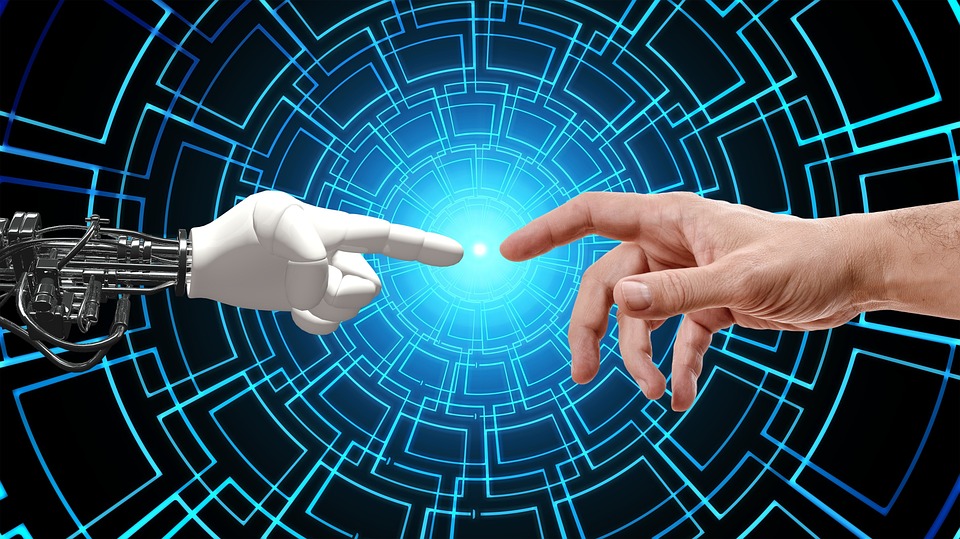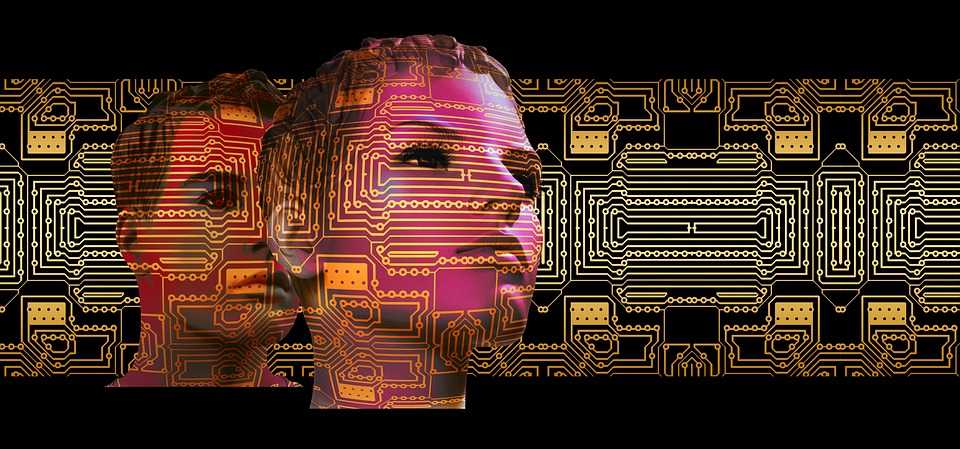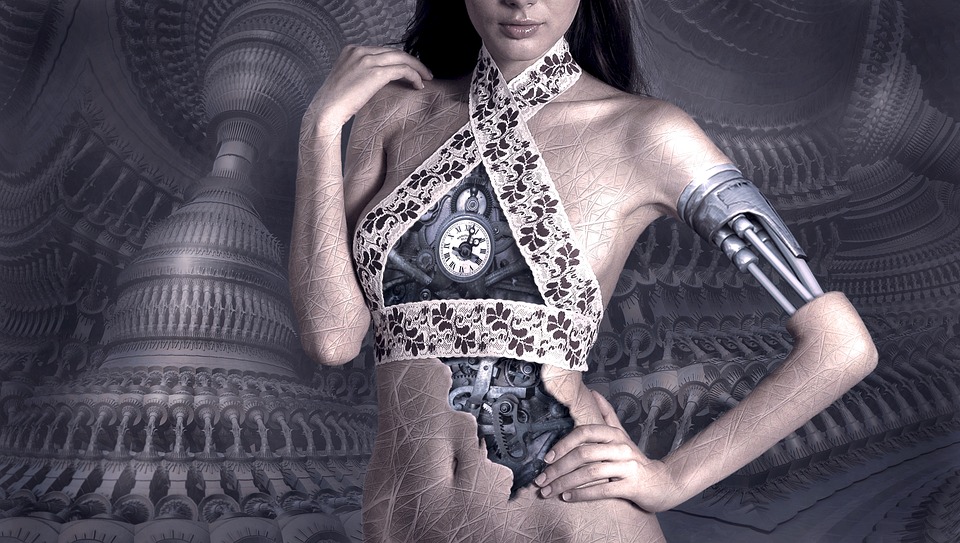Artificial Intelligence (AI) has been reshaping the creative landscape in recent years, with more and more artists embracing the technology to enhance their work. From music composition to visual art, AI has proven to be a powerful tool in unlocking new creative possibilities. One of the most intriguing applications of AI in the arts is AI art, which involves using algorithms and machine learning techniques to generate original pieces of art. In this article, we will explore the creative process behind AI art and how it works.
How does AI art work?
The process of creating AI art involves training algorithms on large datasets of images, paintings, or other forms of art. These algorithms then learn patterns, styles, and techniques from the training data and are able to generate new, original pieces of art based on this knowledge. There are several different techniques and approaches to AI art, each with its own unique creative potential.
One of the most popular methods of AI art is the use of Generative Adversarial Networks (GANs). GANs consist of two neural networks – a generator and a discriminator – that are trained to work against each other. The generator creates new images based on the training data, while the discriminator tries to distinguish between real and generated images. Through this process of feedback and iteration, GANs are able to produce incredibly realistic and visually striking images.
Another common approach to AI art is style transfer, which involves applying the artistic style of one image to another. This technique allows artists to blend different styles and techniques, creating unique and innovative pieces of art. Style transfer algorithms work by extracting features from a style image and applying them to a content image, resulting in a new image that combines the characteristics of both.
AI art also extends to music composition, with algorithms capable of generating original pieces of music based on existing compositions. By analyzing patterns and structures in music, AI can create new melodies, harmonies, and rhythms that are both innovative and evocative. This opens up new possibilities for musicians and composers to explore different musical styles and genres.
The creative process behind AI art
The creative process behind AI art is a collaborative effort between the artist and the algorithm. Artists play a crucial role in shaping the direction and vision of the artwork, while algorithms provide the technical expertise and computational power to bring that vision to life. The process typically involves the following steps:
1. Data collection: Artists gather large datasets of images, music, or other forms of art that will be used to train the algorithm. This data serves as the foundation for the AI to learn and generate new artistic content.
2. Training the algorithm: Artists train the AI algorithm on the collected data, teaching it to recognize patterns, styles, and techniques. This process involves feeding the algorithm with the training data and allowing it to learn from the examples provided.
3. Generating new art: Once the algorithm has been trained, artists can begin generating new pieces of art. This involves inputting parameters, styles, and other creative inputs into the algorithm to guide its output. Artists can experiment with different styles, techniques, and parameters to explore new artistic possibilities.
4. Iteration and refinement: The creative process often involves multiple rounds of iteration and refinement, with artists continuously tweaking and adjusting the output of the algorithm to achieve their desired artistic vision. This process of experimentation and exploration is essential in pushing the boundaries of AI art and creating truly unique and innovative works.
FAQs About AI Art
Q: Is AI art considered “real” art?
A: AI art has sparked debate within the art world, with some questioning whether it can truly be considered art. While AI art is created using algorithms and machine learning techniques, it still involves creative input and vision from human artists. Many argue that AI art can be just as valid and innovative as traditional art forms, pushing the boundaries of creativity and challenging our notions of what art can be.
Q: Can AI replace human artists?
A: While AI has shown great potential in generating original pieces of art, it is unlikely to replace human artists entirely. AI art is a tool that artists can use to enhance their creativity and explore new possibilities, but it is ultimately the artist’s unique vision and perspective that gives meaning and depth to the artwork. Human artists bring emotion, passion, and storytelling to their work that AI cannot replicate.
Q: Are there ethical considerations with AI art?
A: Ethical considerations are an important aspect of AI art, particularly when it comes to issues of intellectual property, copyright, and authenticity. Artists must be transparent about their use of AI in creating art and give proper credit to the algorithms and training data used. Additionally, there are concerns about the potential for AI to replicate existing artworks or styles, raising questions about originality and authenticity in AI-generated art.
In conclusion, AI art represents a new frontier in creativity, offering artists innovative tools and techniques to explore and expand their artistic vision. By combining the technical expertise of algorithms with the creative input of human artists, AI art has the potential to revolutionize the way we think about art and creativity. While there are still challenges and ethical considerations to be addressed, the possibilities of AI art are endless, opening up new avenues for artistic expression and experimentation.









